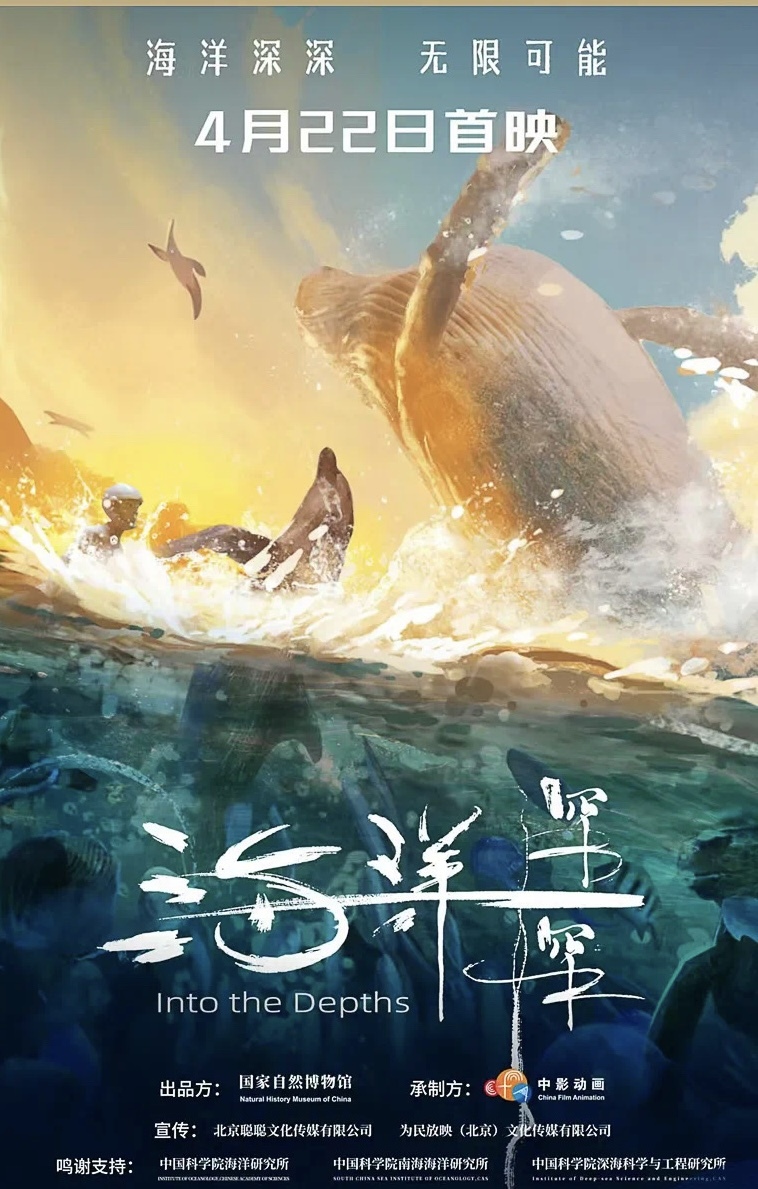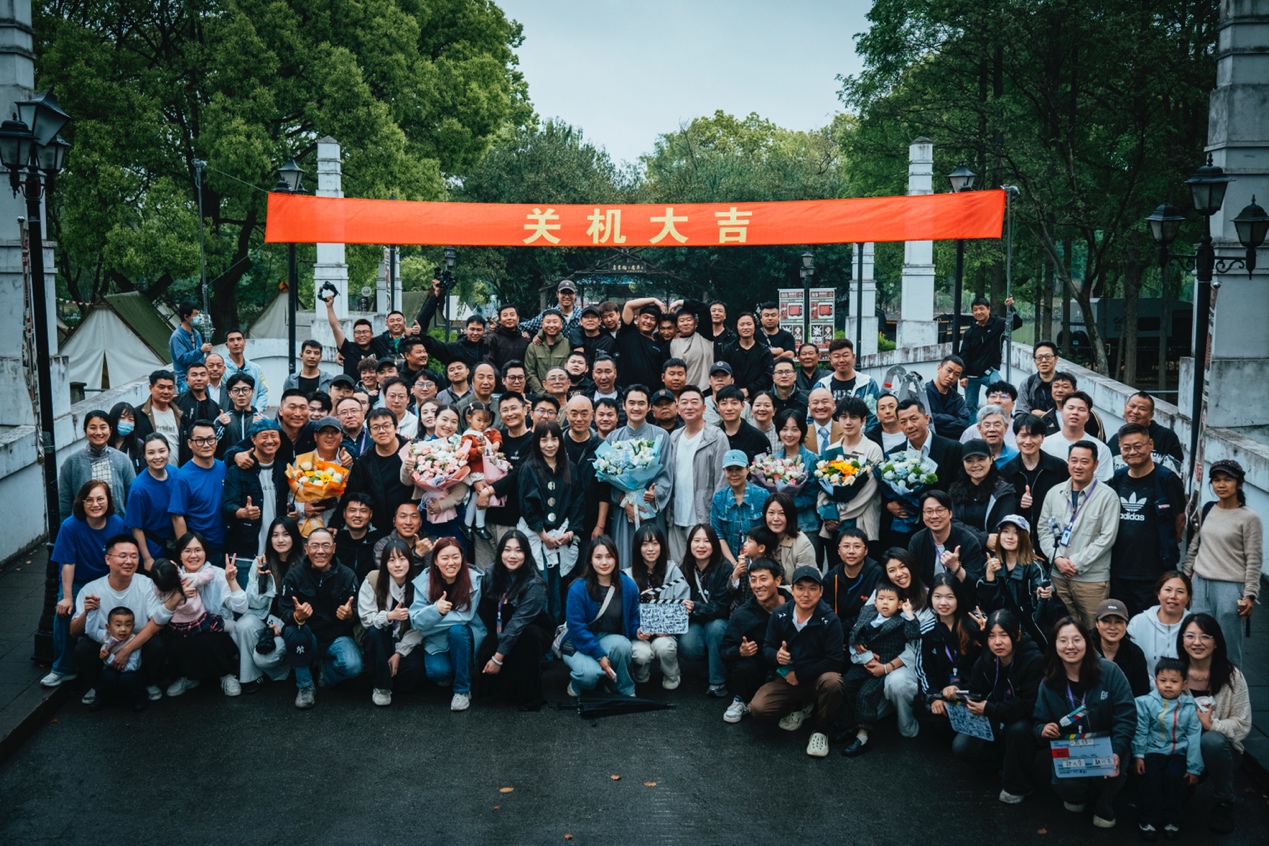
On April 22, the 55th Earth Day, the original 4D popular science film "Ocean Depths", produced by the National Museum of Natural History and produced by China Film Animation Industry Co., Ltd., held its premiere in Beijing. The film focuses on the contemporary issue of "deep-sea exploration and ecological protection", and uses immersive image language to connect cutting-edge animation technology with real scientific research results, leading the audience to dive into the 11,000-meter deep sea and embark on a blue journey through light, shadow and senses.

"Deep Ocean" poster
As the first 4D film masterpiece of the National Natural History Museum since its official name change and upgrade in 2023, "Deep Sea" is 21 minutes long. In addition to continuing to be screened for a long time in the museum's dedicated cinema, it is also planned to be screened in Chengdu, Nanjing, Xi'an and other places.
By then, the audience will be able to experience many ocean wonders in an immersive way: starting from the sun-dappled coral reefs, passing through the Sargassum forests, seamounts, cold seeps, hydrothermal areas, and advancing layer by layer to the depths of the trench... In the meantime, there are the refreshing sight of Chinese white dolphins breaking through the waves and the spray of water mist; there are also luminous microorganisms flying before the eyes, the camera taking in the whales falling to the bottom of the sea, and the thrill of the abyss detector hitting the bottom; there are also shocking ecological crises such as bleached corals and randomly discarded garbage, which make people rethink our symbiotic relationship with the ocean.

Stills from Deep in the Ocean
After the movie, Yu Ziniu, head of the marine animal genetics and molecular biology team at the South China Sea Institute of Oceanology, Chinese Academy of Sciences, Zhang Fan, a famous underwater photographer, and Li Jianping, dean of the Animation School of the Beijing Film Academy, took turns speaking, interpreting the core of the film from multiple dimensions such as scientific expression, imaging technology, and artistic language.
Yu Ziniu said that giant clams are a type of large shellfish that live in symbiosis with plant cells and can survive without food, and are of great value in the coral reef ecosystem. "In recent years, our team has been committed to artificially breeding giant clams to help protect marine ecosystems. I am very happy that through such a film, more people will pay attention to the ocean and understand the importance of protection."
Zhang Fan recalled that he entered the underwater world because of his childhood interest in shells. He was deeply impressed by the scene of the sperm whale sleeping in the film: "The moment when you can hear the breathing sound is an emotional resonance." He also shared his experience of photographing deep-sea creatures through "black water diving", "As an underwater photographer, the greatest happiness is to see these living creatures with my own eyes."

Stills from Deep in the Ocean
Li Jianping pointed out that although the film is in the form of animation, it contains a lot of real scientific information and creative challenges. "This is an animation with a volume of only 20 minutes, but the difficulty of production is no less than a feature film. Each animal has a unique shape and movement. The production style is extremely realistic and can withstand scientific scrutiny. I hope that more scientists will participate in animation creation in the future to inject content support into the industry."
In the eyes of the film's creative team, "Deep Sea" is not only a popular science work, but also a practice of deep integration of scientific spirit and artistic expression. The film's art director and asset guide Hu Mingyun emphasized that although each shot in the film is short, it embodies the team's respect and meticulous pursuit of scientific exploration. Chief planner and screenwriter Zheng Yu said that the film was inspired by the book "A Brief Introduction to the Deep Sea" by Academician Wang Pinxian of the Chinese Academy of Sciences. He hopes that through the form of a three-dimensional movie, the audience can experience the deep-sea world from the perspective of a scientist. And music composer Xu Yiqiao expressed his understanding and respect for the life course of the ocean through a melody of just four or five minutes. "How should we take care of the ocean? I hope to implant this issue into people's hearts in a narrative way."


